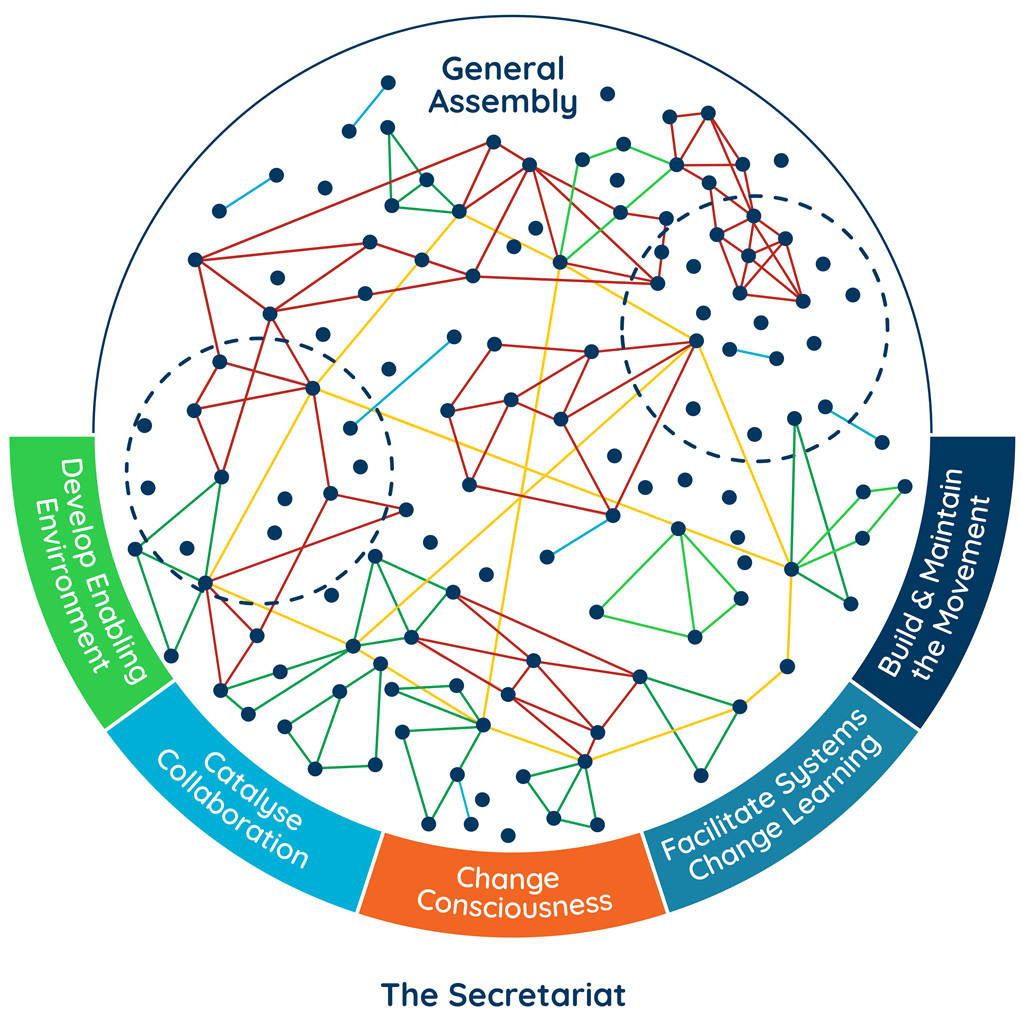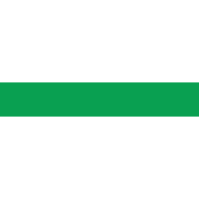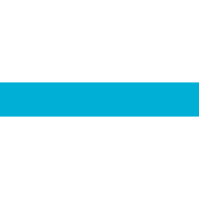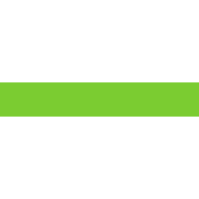Organisation Structure
Catalyst 2030 is a member-driven entity.
Our members have contributed thousands of volunteer hours, a testament to the passion that drives each member towards creating systems change. Our non-hierarchical organisation structure has the following components:

Organisation Compontent Descriptions
Catalyst 2030 is a values-driven membership organisation – engaging and working together to progress towards achieving common goals.

General Assembly is made up of all members and is the cornerstone of Catalyst 2030, meeting online once a month; it sets the movement’s direction and celebrates successes

Governing Council develops the strategic plan based on agreed policy direction and drives its execution

Working Groups are groups of members in service of particular aspects of the movement (e.g. Communications, Memberships, Collaborations and Funding)

Multi-Member Collaborations are where four or more members have come together to co-create an activity for structural and systemic change

Bilateral Collaborations are where two members have connected to scale or activate more transaction-based engagements

Regional/Country Chapters take responsibility for part of the Catalyst 2030 mission in their region or country

Task Forces are short-term groups which take on a specific task for Catalyst 2030 (e.g. writing a report or planning an event)

Secretariat supports the organisation in all its endeavours
Our members form the core of Catalyst 2030 and meet once a month on Zoom in a General Assembly. Regional and Country Chapters are local branches of the global Catalyst 2030 community, taking responsibility for part of the organisation’s mission in a specific region or country. Working Groups and Task forces take on different tasks and activities in service of supporting Catalyst 2030. Collaborations exist between members in service of achieving the SDGs.
Catalyst 2030 is supported by the Secretariat, which is housed at One Family Foundation. The communications team is housed at LESA Communications. Catalyst 2030 operates as a distributed entity, without headquarters, rather than as a structured, formal organisation. This helps us to work more effectively towards collaborative systems change.
